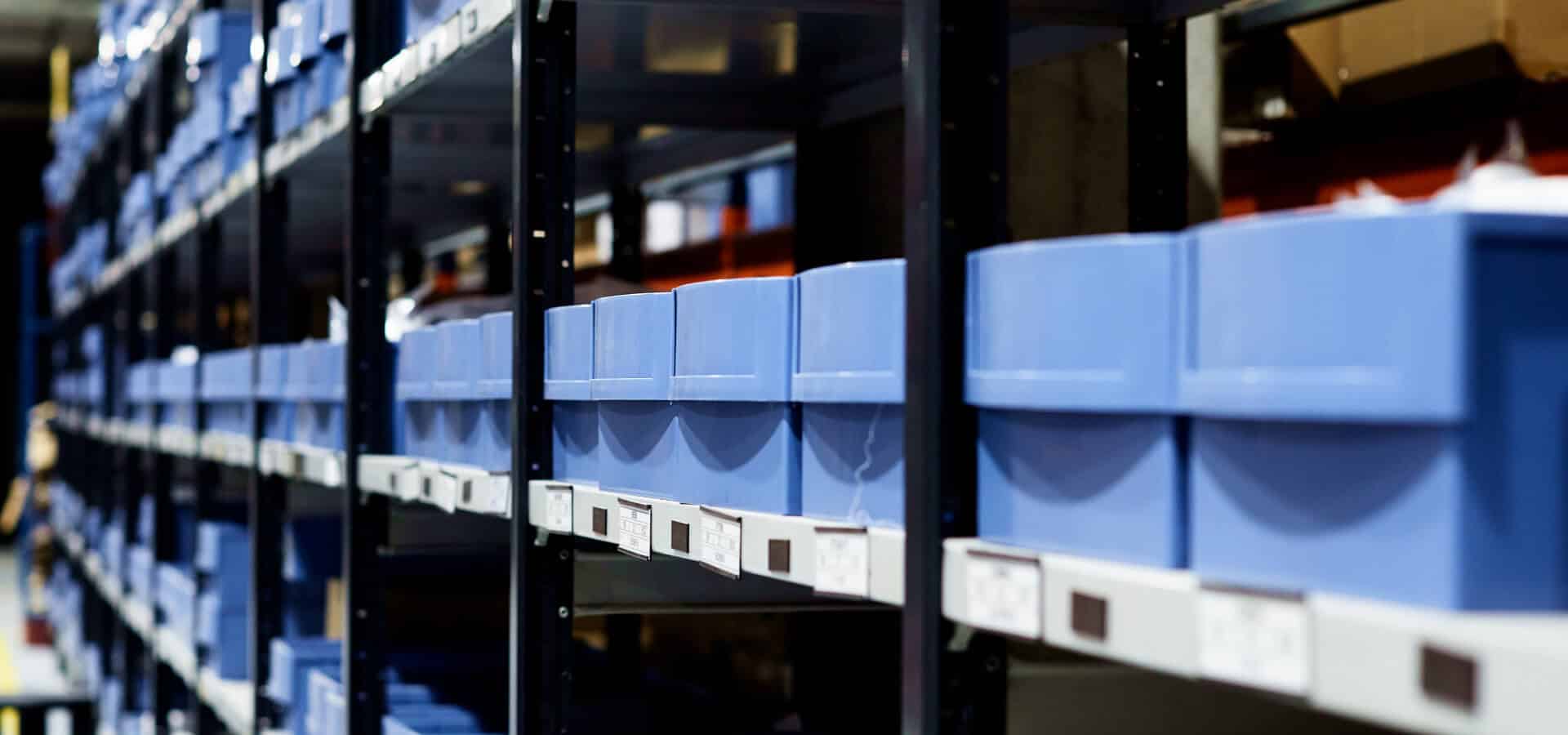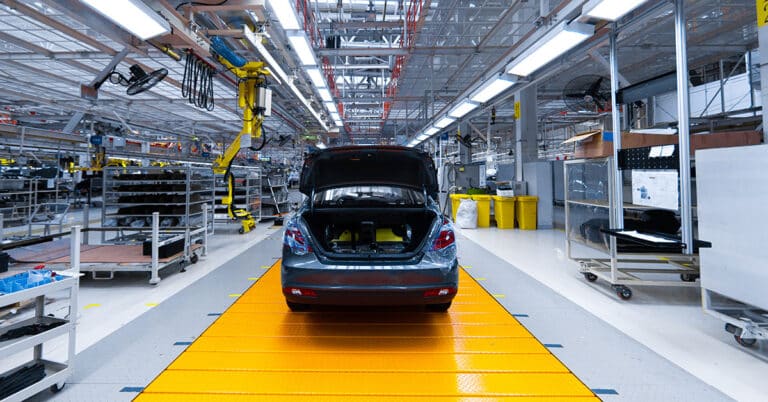When you explore how to improve efficiency in your manufacturing, what areas of operation come to mind first?
Many of your fellow manufacturing leaders may turn to major departments like development, design, production, staffing, supply chain, sales, etc. Meanwhile, their maintenance, repair and operations (MRO) storeroom rarely makes the list of improvement projects, getting lumped in with plant maintenance services instead. But when you fail to prioritize your storeroom, the effects can be bigger than you’d think. A poorly managed MRO storeroom can cause your facility to lose control of parts inventory and spending—and your MRO team fails to work as efficiently as it could.
With the right MRO best practices, however, a change in storeroom management processes can transform a perceived cost center into an asset management system that provides a competitive edge to your entire operation. Check out these three major MRO benefits that companies and plant managers enjoy when they optimize storeroom operations.
1. Optimal inventory levels
Projects focusing on optimizing your MRO inventory can quickly deliver MRO benefits in the form of ROI and cost savings. An MRO asset management system delivers a big-picture view of all inventory and enables sharing, even across plants, allowing you to reduce storage space requirements and cut hours needed for parts management—all adding up to significant savings.
2. Reduction in parts spending and consumption
A well-designed storeroom management strategy that follows MRO inventory best practices can cut spending and consumption in a number of ways, such as managing repairable parts more efficiently and using more strategic buying methods. A modern approach to industrial maintenance can also help you manage warranties more effectively, and component repair management can reduce equipment failures and lower replacement costs via MRO optimization.

3. Better maintenance/technical team utilization
Improving your team’s use of time and energy may be the most promising benefit of better MRO storeroom management. With controls in place for storeroom access and activities, redefined roles and responsibilities, and more, your team members spend less time in the storeroom and more on the plant floor performing corrective or predictive maintenance. These MRO storeroom best practices lead to less downtime—and better facility performance overall.
When implementing MRO best practices, it can be challenging to maintain focus, align new priorities and avoid falling back into old habits. But with some key partnerships and detailed planning, you’ll be on your way to more efficient manufacturing in no time. Need help getting started? Explore the benefits of ATS’ Industrial Asset Management by taking a look at our service offerings, or contact us to discuss how we can help with your MRO challenges.






